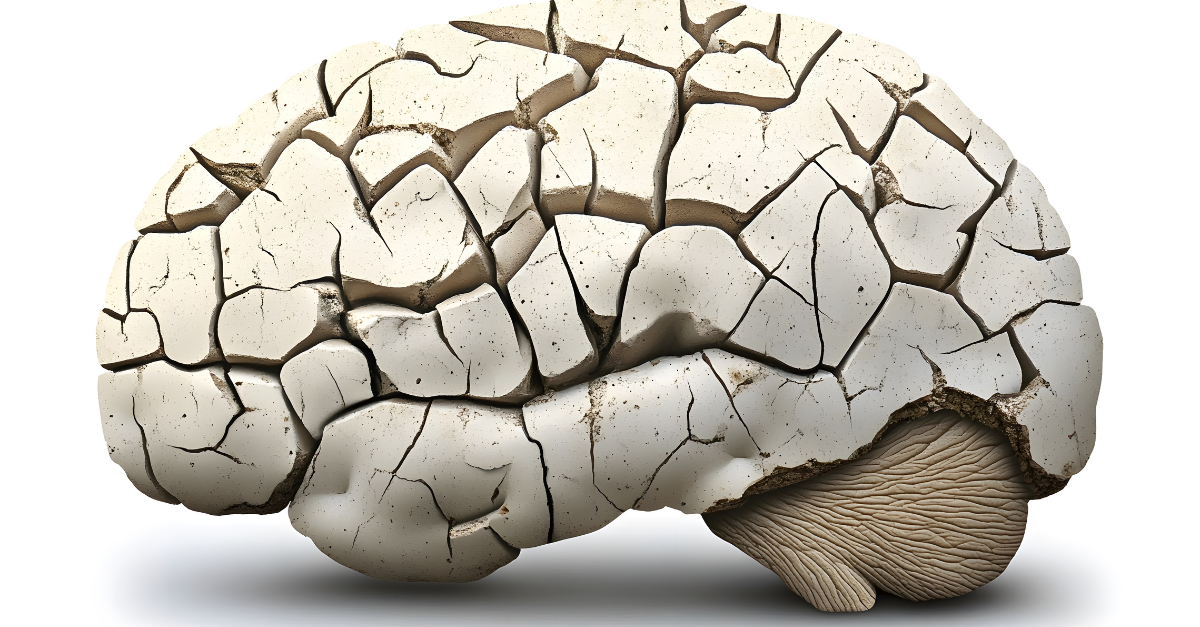Neurological disorders affect millions globally, impairing movement, memory, and cognitive functions. Despite immense progress in medicine, many conditions like Parkinson’s, Alzheimer’s, and multiple sclerosis remain incurable. However, scientific innovation is unlocking fresh hope through regenerative medicine — most notably neurological disorders stem cells therapies. By utilizing the body’s natural repair systems, stem cell-based treatments are changing the landscape of brain and nerve health.
Understanding Neurological Disorders and Their Impact
Neurological disorders arise when the brain, spinal cord, or peripheral nerves sustain damage. These disruptions can stem from injury, infection, genetics, or progressive diseases. As neurons rarely regenerate on their own, such conditions often lead to chronic impairment. Traditional treatments manage symptoms but cannot fundamentally restore lost neurological function.
In contrast, regenerative science aims to heal rather than merely control. Stem cell therapy has positioned itself at the center of this transformation by directly addressing the root cause: damaged cells and disrupted neural communication.
Mesenchymal Stem Cells — The Cellular Architects of Repair
Mesenchymal stem cells (MSCs) are central to the new era of regenerative neurotherapy. These multipotent cells, derived from sources like bone marrow, fat tissue, and umbilical cords, are capable of becoming neurons, glial cells, and other supportive brain tissue. They also secrete neurotrophic factors that promote natural healing and reduce inflammation.
Panamanian medical research has championed advanced applications of MSCs through clinical programs like those offered at PCT Panama. Their therapies target disorders such as ALS, Alzheimer’s disease, traumatic brain injuries, and autism spectrum disorders. By focusing on neural regeneration and immune modulation, treatments improve cellular communication and promote recovery.
How Stem Cells Restore Brain Function
In neurological disorders stem cells Panama programs, MSCs are delivered via targeted infusion or injection, depending on the condition. Once introduced, these cells migrate to damaged brain regions and release healing signals. Their regenerative abilities include rebuilding neuron networks, reducing scar tissue, and improving oxygen flow — processes essential for restoring lost function.
Recent breakthroughs in Panama highlight measurable improvements in patients’ motor coordination, memory clarity, and nerve sensitivity. Over time, this leads to enhanced mobility, better focus, and renewed energy levels.
Why Patients Are Turning to Panama for Treatment
Panama has become a trusted global leader for regenerative medicine, thanks to its dedication to innovation and patient safety. Clinics like PCT Panama merge world-class research with clinical excellence and ethical transparency. Moreover, affordable stem cell therapy has made such treatments accessible to many who might not afford them in the U.S. or Europe.
Patients are drawn not only by affordability but also by the comprehensive care experience—multilingual medical teams, comfortable facilities, and customized rehabilitation support.
The Future of Neurological Healing
As clinical studies continue, mesenchymal stem cell therapy is revealing even broader potential in treating neurological disorders. Enhanced lab techniques, better delivery systems, and integrated therapies are expected to accelerate repair processes even further.
Ultimately, Panama’s advances signify a paradigm shift — one from symptom management to actual neurological healing. By restoring the body’s inherent regenerative capacity, panama stem cells are offering patients renewed independence, cognitive clarity, and vitality.


